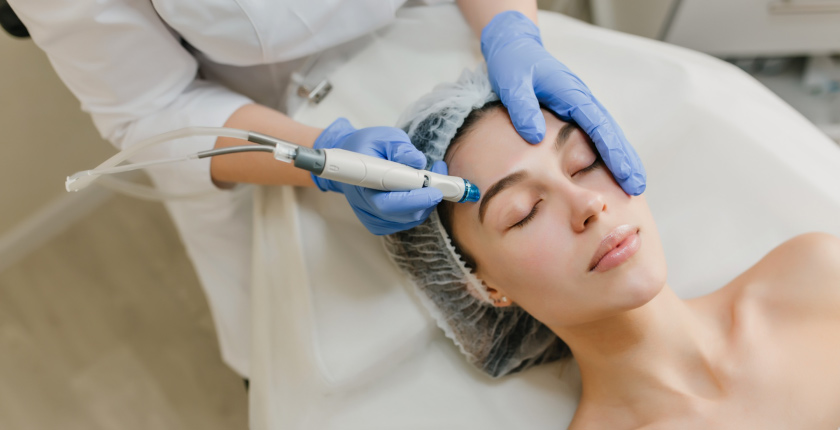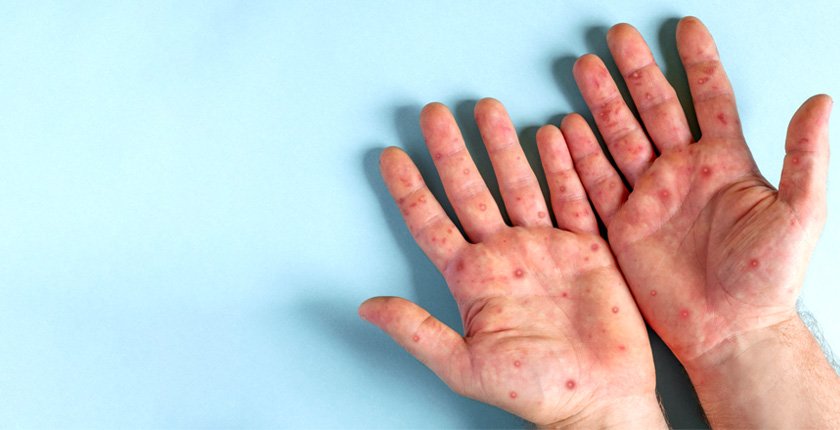

Introduction
Skin allergies are a common ailment affecting millions worldwide, leading to discomfort, irritation, and sometimes serious health complications. These allergic reactions can range from mild itching to severe rashes. Understanding the causes, treatments, and methods for relief is essential for those suffering from this condition. This comprehensive guide will delve into the complexities of skin allergies, including their types, triggers, and effective management strategies.
Understanding Atopic Dermatitis
Atopic dermatitis, more commonly known as eczema, is a prevalent chronic skin condition characterized by itchy, dry, skin. Genetic factors, environmental triggers, and abnormal skin moisture levels and barrier defect can all predispose individuals to this condition. Symptoms often include small red patches and dry spots, which can evolve into tiny blisters filled with fluid that eventually crust over. Managing eczema involves adhering to skincare routines, avoiding known irritants, and using medications when necessary.
Effective Eczema Treatment Options
Managing eczema requires a combination of preventive measures and active interventions:
- Emollients and Moisturizers: These are critical for maintaining skin hydration and integrity.
- Topical Corticosteroids: Useful for reducing inflammation and itching during flare-ups.
- Systemic Therapies: In severe cases, treatments like oral corticosteroids or immunosuppressants may be necessary.
Exploring Different Types of Skin Allergies
Skin allergies can manifest in various forms, from mild itchiness to severe, potentially life-threatening reactions. Understanding these can help in effectively diagnosing and treating them:
- Contact Dermatitis: Occurs when the skin comes into direct contact with allergens, such as certain metals or cosmetics, resulting in redness, swelling, and itching.
- Urticaria and Angioedema: These conditions involve hives and deeper swelling in the skin, respectively, and require specific management strategies to ensure comfort and prevent recurrence.
Dealing with Hives
Hives, or urticaria, appear as pink, itchy raised rashes on the skin and can vary in shape and size. Though generally not severe, they can cause significant discomfort and anxiety, especially when accompanied by symptoms like swelling orperi – orbital swelling or difficulty breathing. Treatment typically involves antihistamines and corticosteroids to reduce itching and inflammation.
Overview of Skin Allergy Creams
Topical creams and ointments are often prescribed to alleviate symptoms of skin allergies. These may contain:
- Corticosteroids: To reduce inflammation.
- Antihistamines: To relieve itching.
- Moisturizers: To help maintain skin hydration
Patients should carefully check product ingredients to ensure compatibility with their skin type and follow application instructions closely.
Medications for Skin Allergy Relief
In addition to topical applications, oral medications like antihistamines and corticosteroids are used to manage more severe or persistent skin allergies. In extreme cases, such as anaphylaxis, emergency treatments like epinephrine injections are critical.
Causes of Body Itching and How to Address Them
Itching can be caused by numerous factors, including allergies, insect bites, and underlying health conditions such as liver or kidney diseases. Effective treatment involves identifying and addressing the root cause, which may include:
- Environmental Protections: Such as avoiding UV rays and dust mites.
- Medical Treatments: For underlying conditions.
Comprehensive Skin Allergy Management
Successful management of skin allergies requires a personalized approach:
- Avoiding Triggers: Identification and avoidance of allergens are crucial.
- Skincare: Maintaining proper skin care routines.







